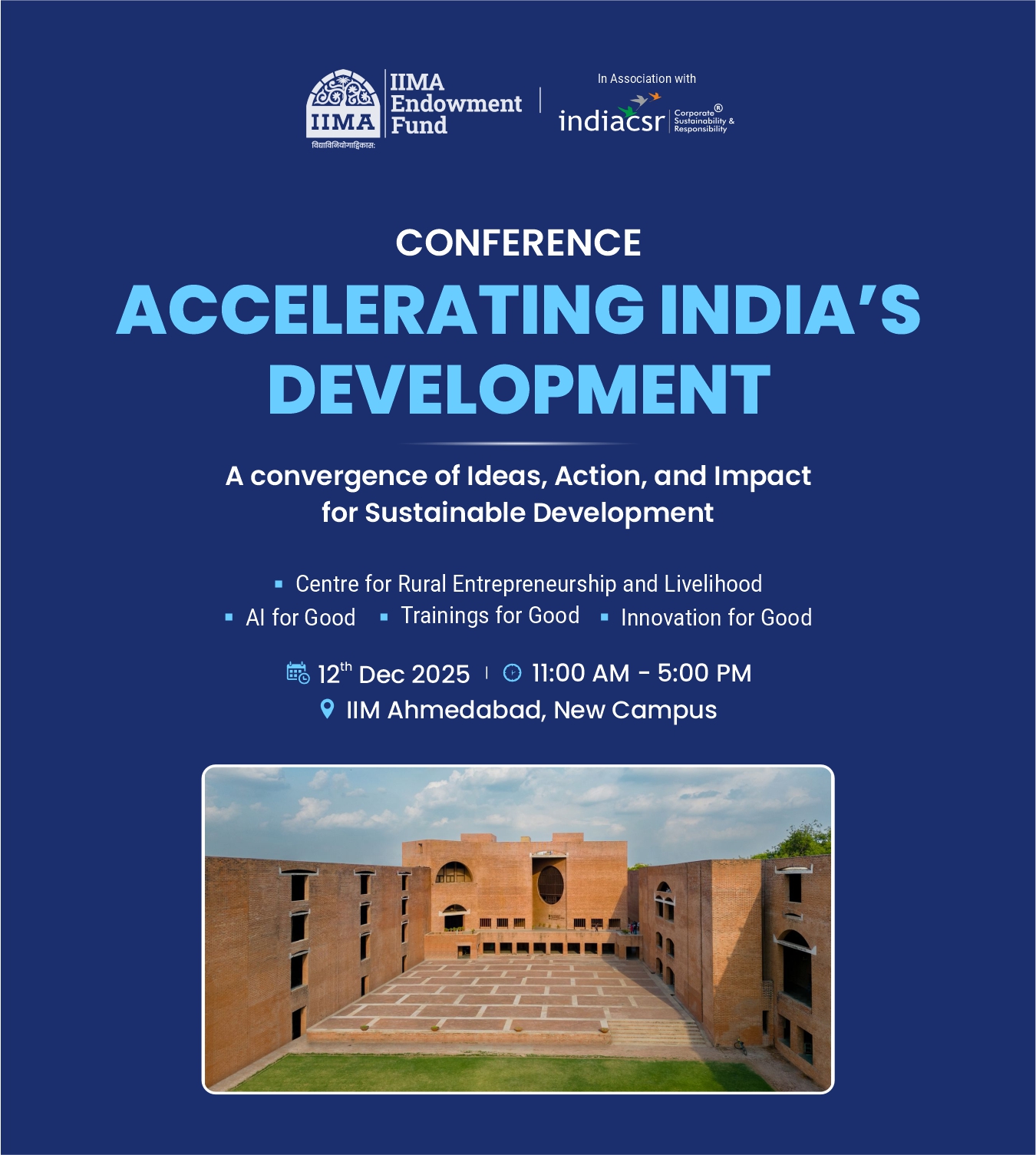Since humans established permanent settlements and systems of agriculture, methods to develop water supplies and waste management for the successful maintenance and growth of societies have been apparent. Provincial rulers and chieftains, together with local craftsmen and villagers ingeniously set up tanks, ponds that served as traditional rainwater harvesting structures.
Nadi, a traditional and ancient practice of creating water harvesting structures in western Rajasthan is important to the region for drinking purposes as well as for livestock. Water excavated is to collect and mitigate the scarcity of drinking water in the lean period i.e. early spring through the summer months.
Rainwater collected in the Nadi from the runoff is available for periods of four months to a year after the rains, depending on the catchment characteristics, the amount of rainfall received and its intensity. It was built in the 1960s by the local villagers for drinking water to survive in the extreme climate of the Thar Desert region.
However, in due course of time, this Nadi got silted up and the water storage capacity was reduced to a large extent. This Nadi had practically dried up before the summer of 2015 as there was a drought-like situation during 2014.
The local Gram Panchayat representatives approached the CAIRN CSR representative of the Barmer Unnati project to restore Bhap Nadi, a traditional water storage tank in the village. Barmer Unnati is a Local Economic Development project being supported by CAIRN India under its sustainability programme in Barmer district, Rajasthan.
In response to the request from the villagers, the technical team from the Techno Serve NGO project office at Barmer visited the site along with people from the local community.
During the feasibility study on the existing structure during December 2014, it was found that due to lack of maintenance, the structure had almost silted up, the embankment was ruined and unwanted trees and bushes had sprouted on the banks of the Nadi. The little water retained in the Nadi was muddy, black in colour and not even suitable for animals grazing in the vicinity.
Yet, people from the nearby villages were busy filling their tankers to store water for drinking purposes as the summer was fast approaching. In discussions with the community, it was found that about 5000 households from seven Gram Panchayats depend on this particular Nadi for drinking water throughout the year, as well as water for their livestock.
Considering the importance of Bhap Nadi, the Barmer Unnati team decided to take up renovation of this structure under the Barmer Unnati Project during 2015.
For the restoration of Bhap Nadi a community meeting was held on December 12, 2014 at the Nadi site with representatives from all nearby villages and members of the Gram Panchayat. A collective action plan was chalked out emphasizing upon community participation.
It was decided that the community would support bank cleaning, bush removal, dressing the embankment after earth filling both manually and by using machinery, which amounted to around 20% of the expenditure and the balance 80% funding would be provided by the Cairn Barmer Unnati project towards excavation and embankment formation using machines.
A Nadi development and management committee was formed with 25 representatives drawn from all the villages, to monitor and support the renovation work, and subsequently manage the future maintenance of the Nadi.
During February 2015, the renovation work started with the active participation of the community.
Though there was limited rainfall in the monsoon season of 2015, the Nadi was able to store the rainwater over a pond area of 6 hectares to an average depth of 3 metres and achieved an approximate volume of 180000 cubic metres (1800 lakh litres).
According to the villagers, this clean rainwater is sufficient for the drinking needs of about 5000 households and their domestic animals at least for the next two years, even if there is no rainfall over the two years. Currently, the nineteen villages in seven Gram Panchayats in the vicinity of the structure are secure with respect to drinking water.
The management committee is looking after the cleanliness and maintenance of the structure by imposing certain rules such as disallowing water to be taken by contractors for construction purpose, and no bathing and washing in the Nadi, every day around 1000 animals domestic and wild depend for drinking water on this Nadi.
The people around the Nadi structure have access to clean rainwater and save about Rs. 5000 to Rs. 10000 per household per year by not purchasing water from other sources. Bhap Nadi has once again proved its central role in the life of the local community with the assurance of supply water.
Disclaimer: The views expressed by the Author in this feature are entirely his own and does not necessarily reflect the views of India CSR Network.
Terms & Conditions: India CSR Network does not permit other Websites/Agency to copy or reproduce or reprint the above article/feature in any form.





